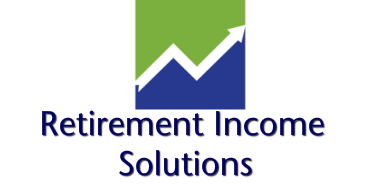You will able to put a little more into your workplace retirement account in 2018. The federal government has boosted the annual contribution limit on some of the popular qualified retirement plans thanks to inflation and made other adjustments worth noting.
Contribution limits for 401(k)s are rising by $500. This is the first increase seen in three years. In 2018, you can direct up to $18,500 into one of these accounts; $24,500, if you are age 50 or older.1
This $500 increase also applies for three other types of retirement plans – the 403(b) plans in place at schools and non-profit organizations, the Thrift Savings Plan for federal employees, and most 457 plans sponsored by state and local governments.1
The total contribution limit for a defined contribution plan increases. A defined contribution plan is a retirement plan to which both an employer and employee can contribute. If your company has such a plan, the annual limitation on total employer/employee contributions improves by $1,000 in 2018, to $55,000.1
Contribution limits for Health Savings Accounts increase by $50/$150. You must be enrolled in a high-deductible health plan (HDHP) to have one of these accounts. The yearly contribution limit for those enrolled in individual plans rises $50 to $3,450; the yearly limit for those enrolled in qualifying family plans goes up $150 to $6,900. Correspondingly, the respective catch-up limits, which people 55 and older can take advantage of, are also heading north to $4,450 and $7,900.2
The phase-out ranges on IRA contributions are also rising. The annual IRA contribution limits are unchanged for next year ($5,500 for those under 50, $6,500 for those 50 and older), but the adjusted gross income limitations that reduce your eligibility to make IRA contributions are adjusted for inflation.1
If you are single and participate in an employer-sponsored retirement plan such as a 401(k), your new phase-out range is $1,000 higher: $63,000-$73,000. Joint filers who also contribute to workplace plans have a phaseout range of $101,000-$121,000, a $2,000 increase. If you want to contribute to an IRA and do not contribute to a workplace retirement plan, yet your spouse does, your phaseout range is $3,000 higher: $189,000-$199,000.1
 Damian J. Sylvia
Damian J. Sylvia
Retirement Income Solutions
Office: 732-508-6044
Direct: 732-284-0902
Email: Damian@MyFinancialSolution.org
Website: RetirementSolutionsNJ.com
Citations.
1 – benefitnews.com/news/irs-announces-2018-retirement-plan-contribution-limits [10/20/17]
2 – cbsnews.com/news/irs-allows-higher-retirement-savings-account-limits-in-2018/ [10/24/17]

